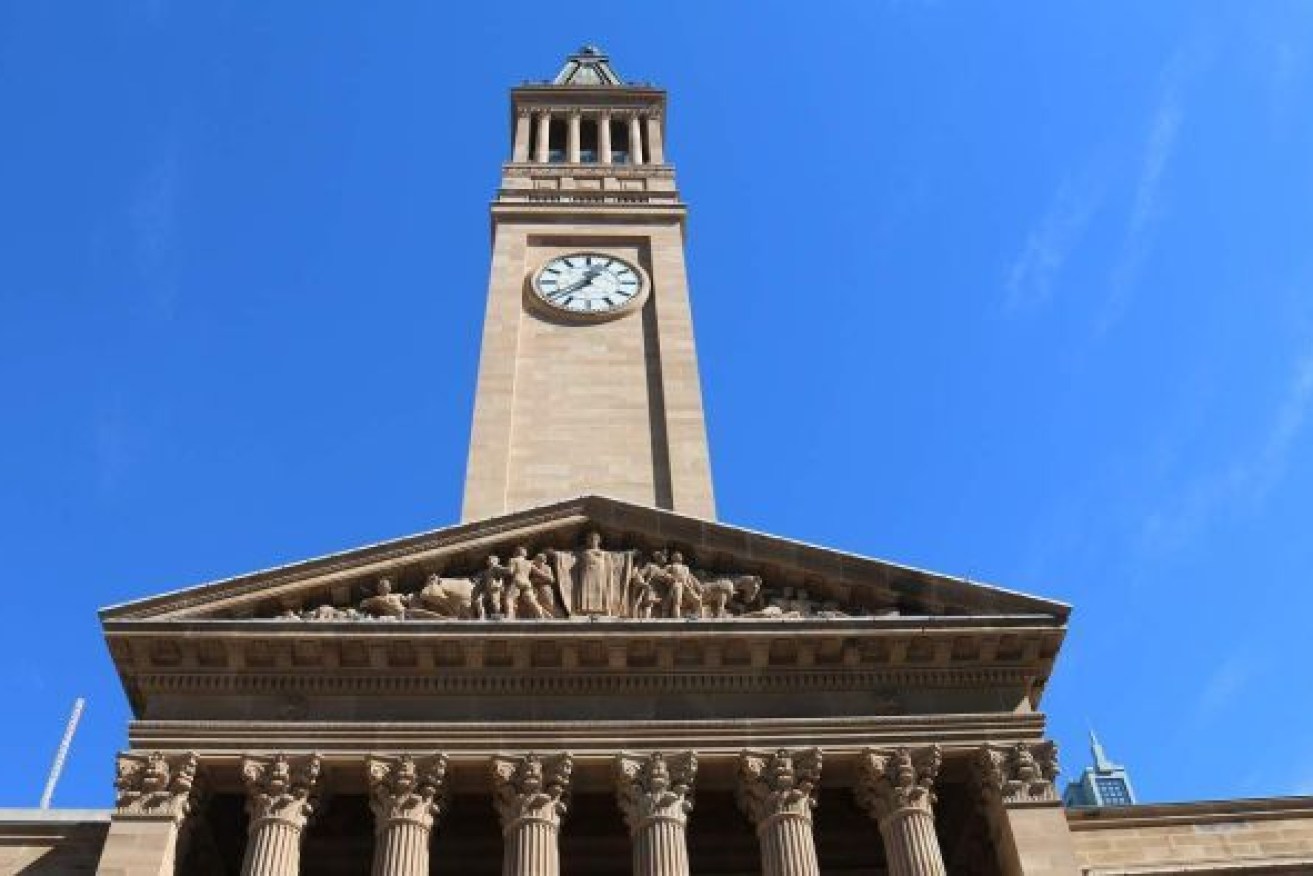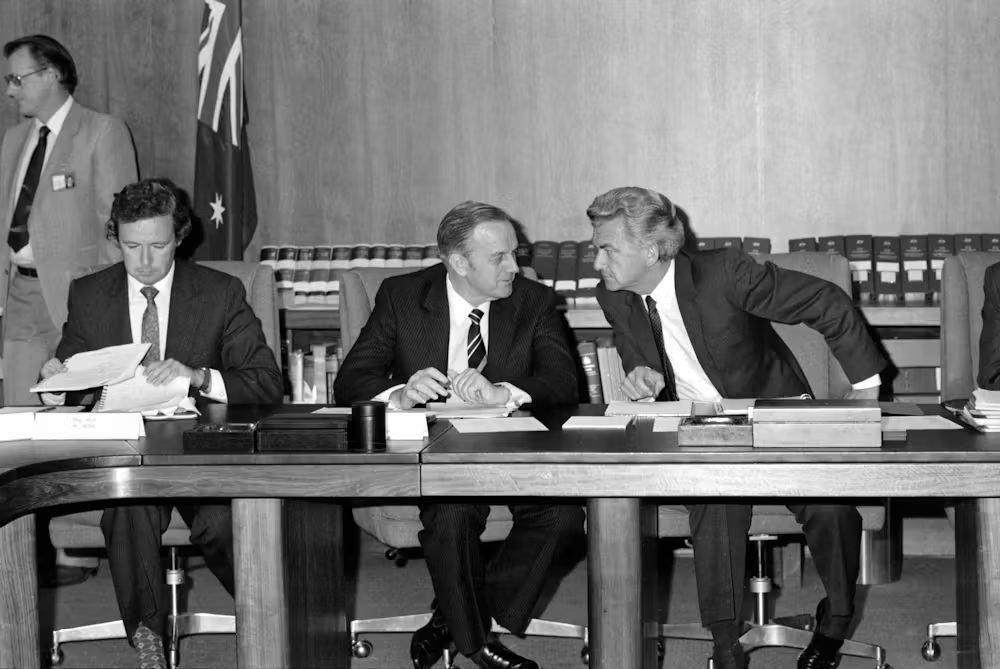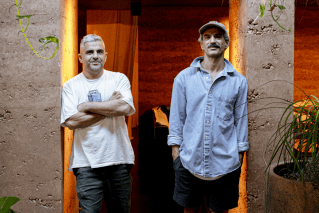Got a sec? With our world spinning out of time, we need to make an adjustment
Earth’s changing spin is threatening to toy with our sense of time, clocks and computerised society in an unprecedented way – but only for a second.

The world might soon have to wind back its clocks - by one second. Photo: ABC
For the first time in history, world timekeepers might have to consider subtracting a second from our clocks in a few years because the planet is rotating a tad faster than it used to.
Clocks might have to skip a second – called a “negative leap second” – about 2029, a study in the journal Nature says.
“This is an unprecedented situation and a big deal,” said study lead author Duncan Agnew, a geophysicist at the University of California, San Diego.
“It’s not a huge change in the earth’s rotation that’s going to lead to some catastrophe or anything, but it is something notable.
“It’s yet another indication that we’re in a very unusual time.”
Ice melting at both of earth’s poles had been counteracting the planet’s burst of speed and was likely to have delayed this global second of reckoning by about three years, Agnew said.
“We are headed toward a negative leap second,” said Dennis McCarthy, retired director of time for the US Naval Observatory who was not part of the study.
“It’s a matter of when.”
It’s a complicated situation that involves physics, global politics, climate change, technology and two types of time.
Earth takes about 24 hours to rotate, but the key word is about.
For thousands of years, the earth has been generally slowing down, said Agnew and Judah Levine, a physicist at the National Institute of Standards and Technology.
The slowing was mostly caused by the effect of tides, which were caused by the pull of the moon, McCarthy said.
This did not matter until atomic clocks were adopted as official time more than 55 years ago. Those did not slow.
That established two versions of time – astronomical and atomic – and astronomical time fell behind atomic time by 2.5 milliseconds every day.
Those daily fractions of seconds added up to whole seconds every few years.
Starting in 1972, international timekeepers decided to add a “leap second” in June or December for astronomical time to catch up to the atomic time.
Instead of 11.59 and 59 seconds turning to midnight, there would be another second at 11.59 and 60 seconds.
A negative leap second would go from 11.59 and 58 seconds directly to midnight, skipping 11.59:59.
Between 1972 and 2016, 27 separate leap seconds were added as earth slowed, but the rate of slowing was tapering off.
“In 2016 or 2017 or maybe 2018, the slowdown rate had slowed down to the point that the earth was actually speeding up,” Levine said.
Earth was speeding up because its hot liquid core acted in unpredictable ways, with eddies and flows, Agnew said.
Agnew said the core had triggered a speed-up for about 50 years, but rapid melting of ice at the poles since 1990 masked that effect.
Melting ice shifted earth’s mass from the poles to the bulging centre, which slowed the rotation much like a spinning ice skater slowed when extending their arms out to their sides, he said.
Without the effect of melting ice, earth would need that negative leap second in 2026 instead of 2029, Agnew calculated.
For decades, astronomers had been keeping universal and astronomical time together with those handy little leap seconds.
But computer system operators said those additions were not easy for the precise technology the world relied on.
In 2012, some computer systems mishandled the leap second, causing problems for Reddit, Linux, Qantas Airlines and others, experts said.
“What is the need for this adjustment in time when it causes so many problems?” McCarthy said.
But Russia’s satellite system relied on astronomical time, so eliminating leap seconds would cause them problems, Agnew and McCarthy said.
Astronomers and others wanted to keep the system that would add a leap second whenever the difference between atomic and astronomical time neared a second.
In 2022, the world’s timekeepers decided that starting in the 2030s they would change the standards for inserting or deleting a leap second, making it much less likely.
Tech companies such as Google and Amazon instituted their own solutions to the leap second issue by gradually adding fractions of a second over a full day, Levine said.
Then add in the “weird” effect of subtracting, not adding a leap second, Agnew said.
Skipping a second was likely to be tougher because software programs were designed to add, not subtract time, McCarthy said.
McCarthy said the trend towards needing a negative leap second was clear, but he thought it was more to do with the earth becoming more round from geologic shifts from the end of the past ice age.
Three other outside scientists said Agnew’s study made sense, calling his evidence compelling.
But Levine does not think a negative leap second will really be needed.
He said the overall slowing trend from tides had been around for centuries, but the shorter trends in earth’s core came and went.
“This is not a process where the past is a good prediction of the future,” Levine said.












